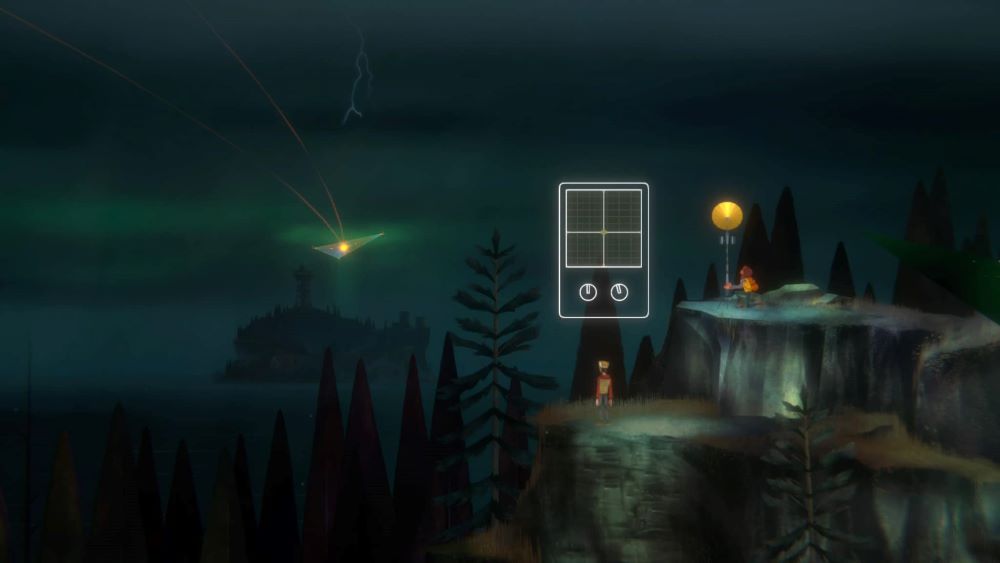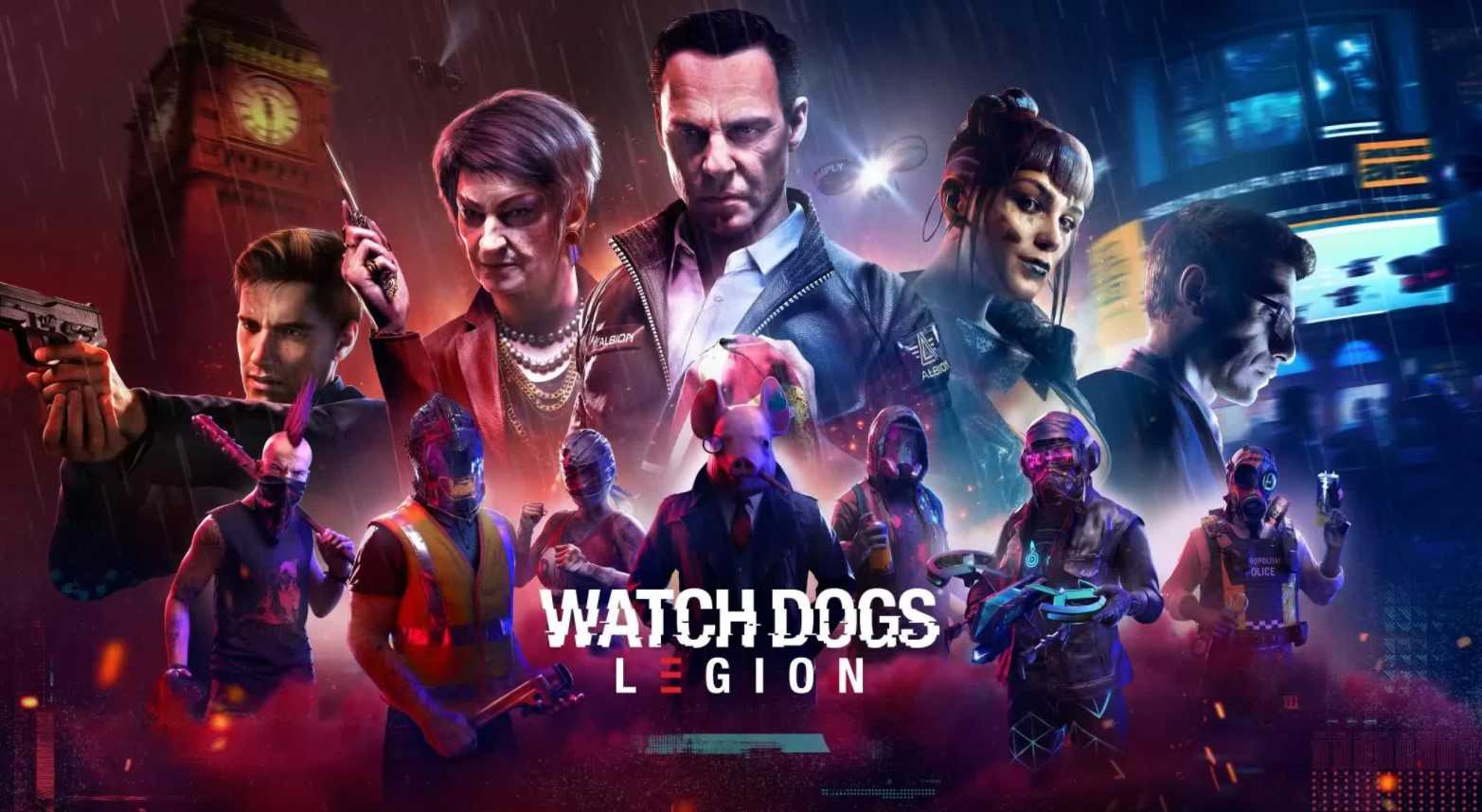Oxenfree II: Lost Signals Review
Oxenfree II: Lost Signals Review
Oxenfree II: Lost Signals is the much-awaited sequel to the phenomenal Oxenfree by Night School Studios, now published by Netflix since their acquisition back in 2021. Along with Firewatch, The Artful Escape, and Telltale’s original The Walking Dead, I placed Oxenfree (2016) in my highest-ranked narrative adventure games of all time, so color me excited for this sequel.
Oxenfree II follows a new protagonist, Riley, who is tasked to investigate electrical anomalies around Camena Island; which is closely tied to the ill-fated events around Edwards Island, where the original Oxenfree was set.
Joined by the equally neurotic Jacob, they explore the island, evade a mischievous cult, and help people over the radio. They will eventually learn the truth about the anomalies that surround Camena Island and attempt to solve it once and for all.
Are you ready to dive back into the mysterious and emotionally perilous world of Oxenfree? I am and I invite you to join me in this wild ride to the other side.
Leave. Is. Possible
It’s been seven and a half years since the launch of the original game, and I was actually surprised when a sequel was announced during the Nintendo Indie Direct back in April 2021. After the events of the original game, I was satisfied with its thematic conclusion, but I was also certain that many players out there have their burning questions.
Personally, it made sense that the sequel involved a completely different set of characters who are thrown into this situation that involves the temporal anomaly along with the entities encountered in the first game. While the return of the radio signals was welcome, there was more involvement with the walkie-talkie mechanic.
Oxenfree II reduces the active character interactions to just Riley and Jacob, unlike in the prequel where the protagonist can follow other supporting characters allowing for multiple interactions. There’s much to explore and interact with in Oxenfree II, but I felt there was more of a focus on the interpersonal relationships between the characters in the first iteration.

Oxenfree II‘s central gameplay loop is simple – follow the objective (usually written on the notepad) until you trigger a story point. Chapters are displayed as time cues such as 10 pm, 1 am, etc. and unless you’ve actually followed the objective, the game time will not move. This way, you can explore to your heart’s desire and you will not be penalized for deviating from the beaten path.
There is no fast travel in Oxenfree II, so you will have to literally hike to your location, which can be tedious. You have a map, notebook, and walkie-talkie to keep you organized to reduce unnecessary trips. There are no manual saves, so if you want to double back to the other end of the island because you forgot to check something; prepare to walk.
The one thing that Oxenfree II retains is its balanced dialogue that is equal parts entertaining and heartfelt. Riley’s character is largely stoic, so it depends on the player to respond appropriately. You have a total of eight recurring characters to interact with whether in-person or through your walkie-talkie.

There are three options: Blue, Green, and Red. All three are nuanced and not clear-cut. Red may be blunt and direct, but given the situation, a character may need a clear answer. Green is usually indirect and civil but can come across as sarcastic. Blue is more empathetic but can be ironically alienating.
I love this as different combinations can garner a similarly nuanced and subtle effect. The ultimate decisions of the supporting characters will depend on how you treated them throughout the game, and they may help or hinder you during key moments.
The most impressive part about Oxenfree II is the amount of actual action set pieces available throughout the game. It can either involve a timed platforming challenge or solving puzzles to get out of a temporal anomaly. It’s a welcome addition to using radio signals to cancel out the anomalies and breaching entities introduced in the first game.
Running Up That Hill
Oxenfree II mostly captures the spirit of the original game with a sheen of polish and surprises to keep it alive. I forgot how subtly creepy the original game could be, and the jump scares and subliminally creepypasta imagery are largely effective compared to the unscary horror games out right now.
There are quite a few new additions to the temporal anomalies in Oxenfree II, and I will leave it up to the player to discover. They’ve expanded the rules of the world as the overall plot of the original was kept in mystery to preserve its mystique.
However, Oxenfree II did lose some of its original charm. Oxenfree was largely the interplay between the characters and their personal drama while in the backdrop of a harrowing temporal anomaly. My first playthrough, while intriguing, felt like the actual heart of the story could be easily missed as the focus was on the overarching plot. We eventually witness this, but it requires several playthroughs to actually discover.

To further add to this, by attempting to be more accessible for players who skipped the first game, there was an exorbitant amount of expository dialogue in Oxenfree II. There are moments where entire mysteries are answered through exposition, which came across as anticlimactic when we could’ve witnessed it instead via cut scenes.
As there are multiple endings, repeat playthroughs of Oxenfree II are great ways to discover a different outcome. I found that my third playthrough really resonated best as it showed a different side to the characters, which made the potential ending I chose a little more heartbreaking.
As there is no backtracking, you have to create a New Game in order to start a new adventure. Meaning, you’ll need to re-collect the collectibles and re-meet the characters if you want them back. If you missed out on specific moments to unlock a single outcome, you could potentially go through an entire playthrough just for that.

Each playthrough in Oxenfree II takes between 2-4 hours depending on how much you wish to discover and complete. All that hiking can get repetitive and after a while, you’ll probably hear every dialogue sequence multiple times. While the game is better polished than the original, there are potentially immersion-breaking bugs and glitches, which can add to the tedium.
If you’re a fan of narrative games and you feel rewarded by unlocking specific pieces of the story, these repetitions are part of the overall allure of the game. For casual players, a single playthrough will be more than enough, and impatient players may be a little less forgiving with its overall presentation.
As a narrative adventure, the Oxenfree template really resonates. It doesn’t rely on elaborate cut scenes or production values. It is highly nuanced and for the most part, the writing and the voice acting conspire to create a rich storytelling experience. I enjoyed Oxenfree II despite my critique as I speak more as a returning fan who wanted a similar charm from the original.
What We Liked:
- A solid, polished follow-up to the original game exploring the wild world it set up, with some surprises along the way.
- Captures the spirit of the original, maintaining narrative balance and exploration.
- Dialogue is still sharp and nuanced, able to pivot from banter-filled quips to serious and heartfelt.
What We Didn’t Like:
- Expository dialogue to speed up the story is jarring.
- Lack of fast travel options makes repeat playthroughs cumulatively tedious.
- Character interactions feel lacking compared to the original.
Verdict: Buy It!

Oxenfree II: Lost Signals is a solid follow-up to the original, albeit having lost some of its original charm along the way. It further explores the mysterious world set up by the original, while getting you to empathize with the protagonist and its supporting characters. It is enjoyable for the most part, especially for fans of narrative adventures.
At the heart of the game is a personal story of the characters finding their identity and recovering from past trauma, however, I felt that the original Oxenfree had more heft in their interpersonal interactions and replay playthroughs. Though I enjoyed seeing the rules of the world expanded as well as the addition of fresh set pieces that push the subgenre to its limit.
It is a definite recommendation as newcomers can still follow the current story as it is accessible at the cost of expository dialogue. It doesn’t hurt to dive back into the original where it began before taking a plunge with the sequel to see what the hype is all about.
Oxenfree II: Lost Signals is now available on PS5, PS4, PC, Nintendo Switch, and mobile (iOS, Android) through Netflix Games.




